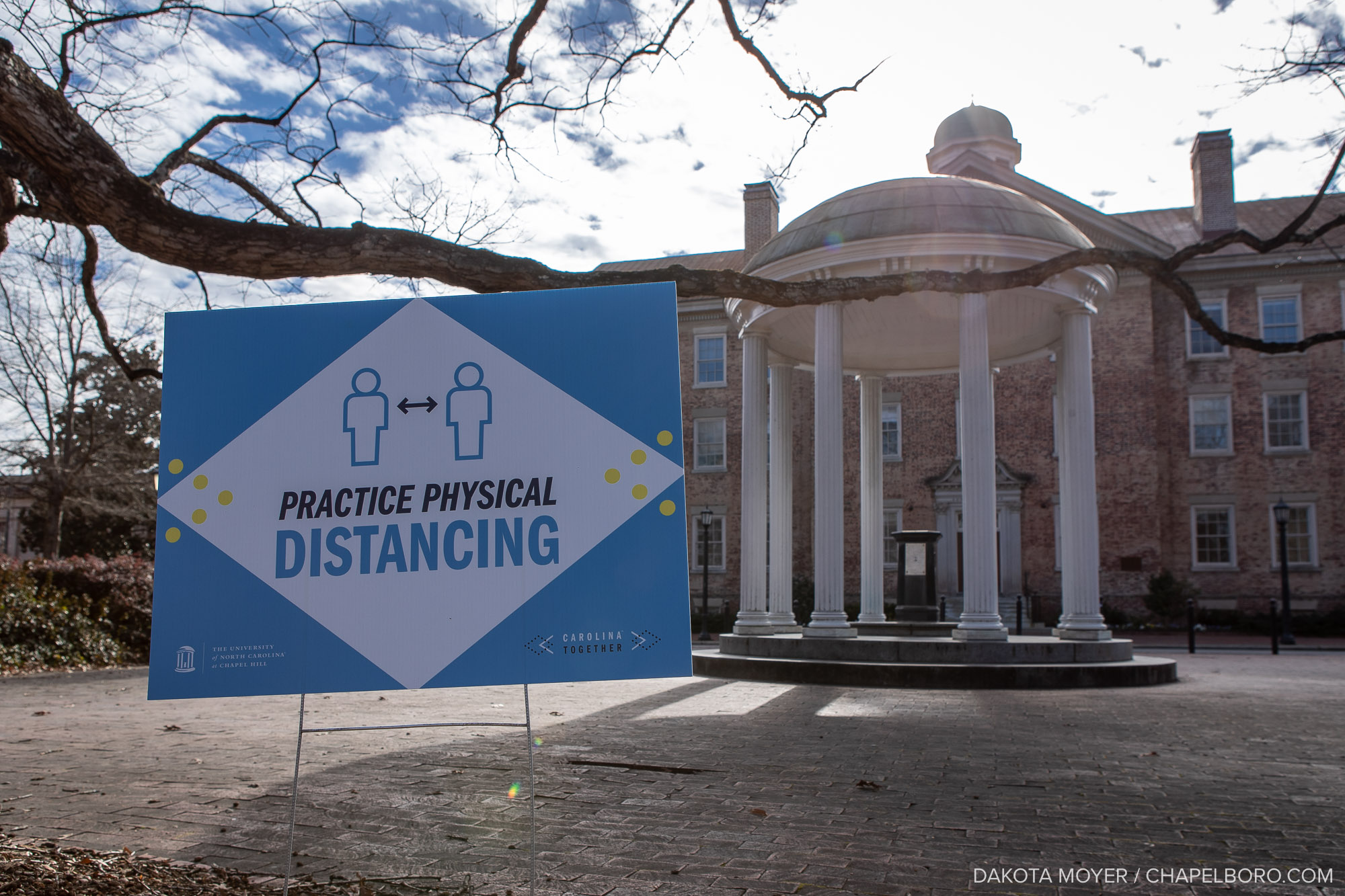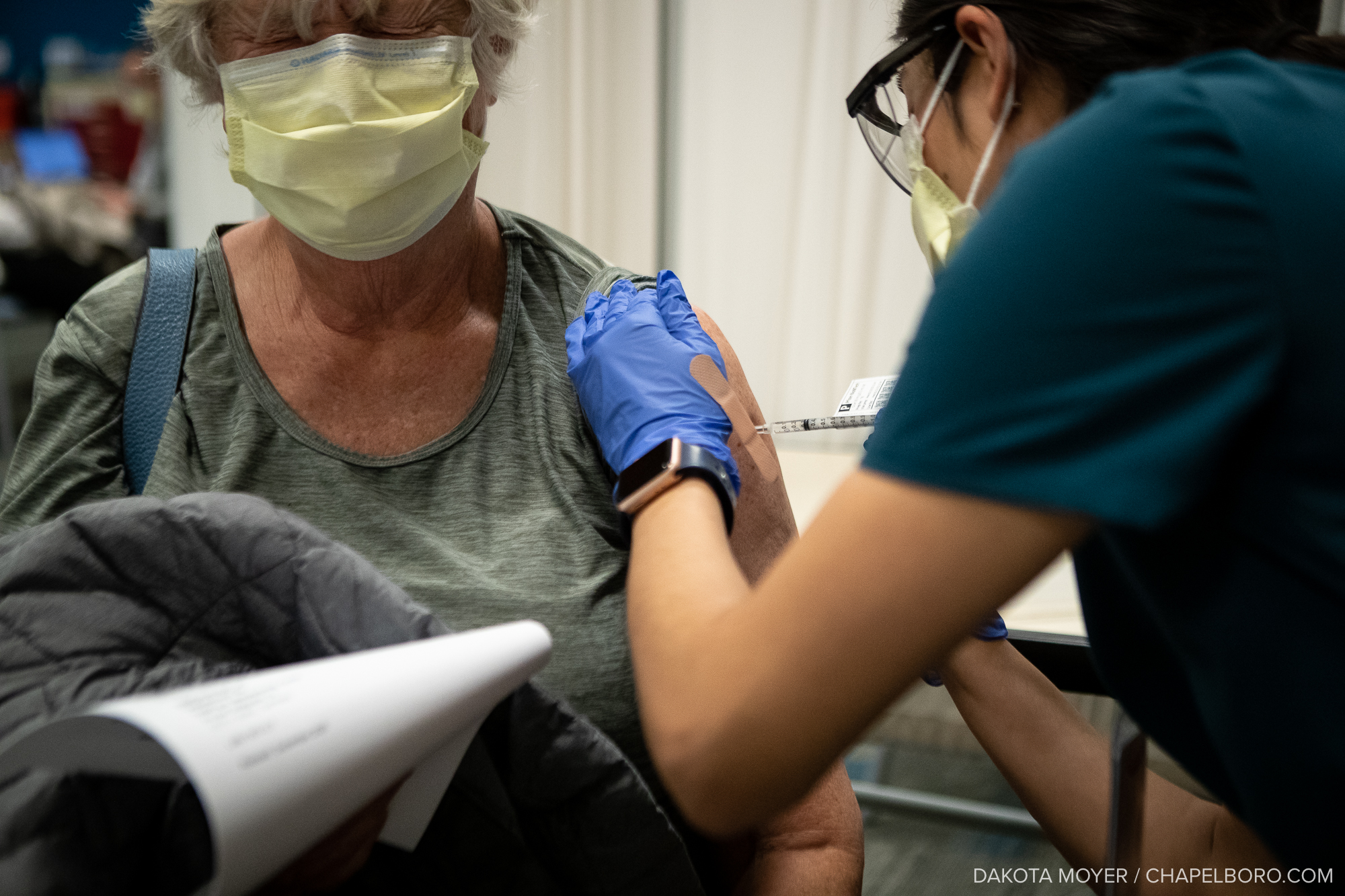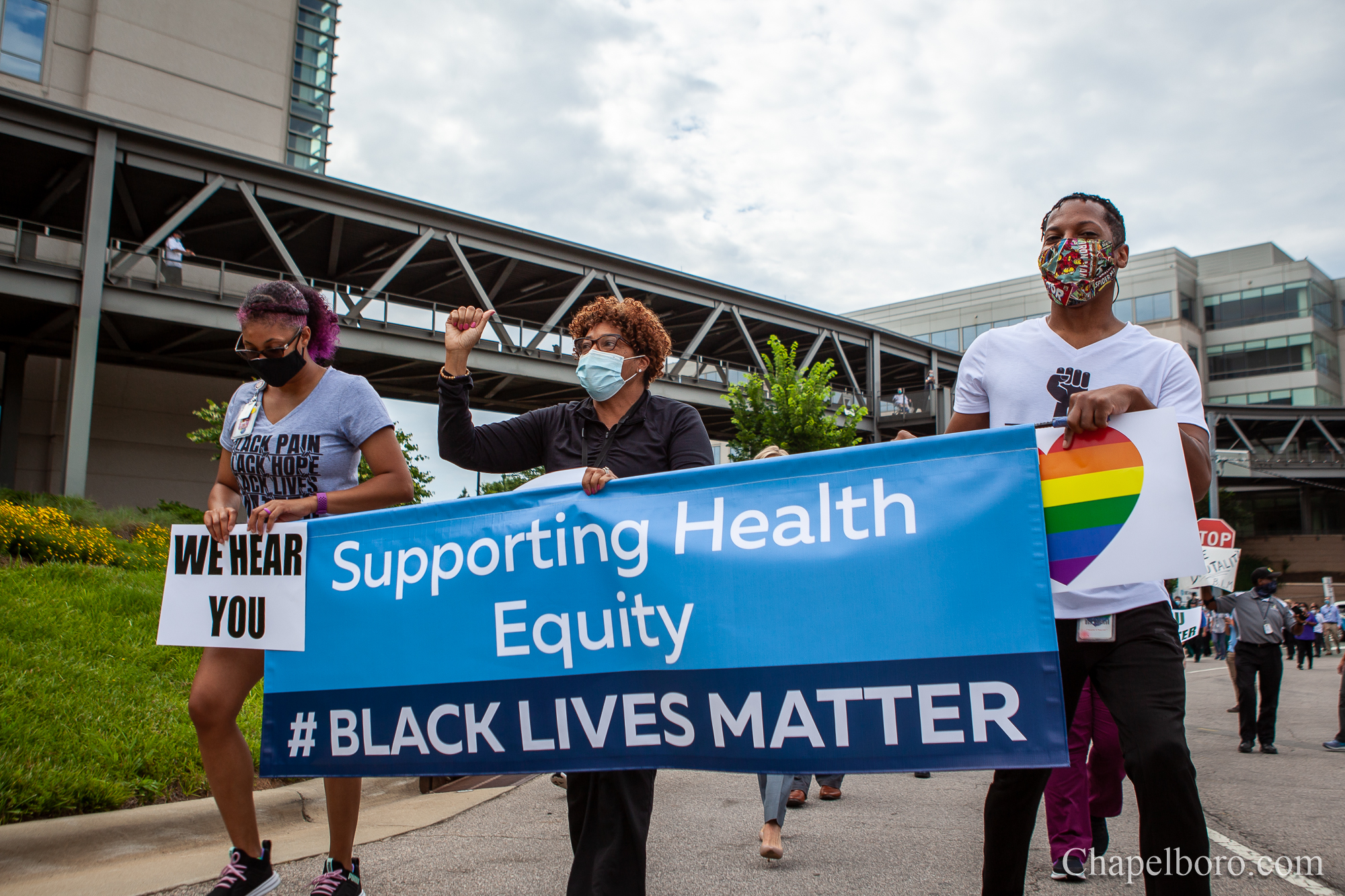The state health department is reporting very few influenza cases this season as increased flu vaccinations and other pandemic restrictions mitigate spread of the virus.
According to the North Carolina Department of Health and Human Services, during the 2019 to 2020 flu season there were 186 reported flu deaths. This flu season, in the midst of a global pandemic, North Carolina has only reported one flu death.
Compared to year’s past, Lauren DiBiase, the Associate Director of Infection Prevention and a Public Health Epidemiologist at UNC Hospitals, said it’s unusual for the state to only have one reported flu death at this point in the season. By January of last year, there were 23 reported deaths in the state.
“Of course, the number of flu deaths will be correlated with the number of flu cases and what’s really happening is we’re not seeing very much flu,” DiBiase said. “In fact, at UNC, we have not detected any flu positives so far this year. What I think is really driving that are some of the behaviors that have been put in place due to the COVID-19 pandemic.”
In non-pandemic times, DiBiase said UNC Hospitals would have seen more than a hundred flu cases by now. In January of 2020, the healthcare system reported more than 250 cases.
Statewide, during the week of December 19, of the 1,159 specimens submitted to the state health department for viral testing, none were positive for influenza.
Locally, UNC Hospitals are simultaneously testing symptomatic patients for both the influenza and COVID-19. Of the 2,500 flu tests completed this season, DiBiase said none have come back positive.
“If anything, we’re probably testing more because we have more people presenting with flu-like symptoms, however, those cases by far, in-large turn out to be COVID-positive,” DiBiase said.
While there are no cases of influenza reported locally, DiBiase said that is subject to change. She said typically we tend to see an increase in flu starting around December and peaking in mid-to-late February and March.
“I think the reason we tend to see it [the flu] during winter is just the amount of time people spend indoors and the colder air drying out nasal passages, making it easier to become infected,” DiBiase said.
This season, DiBiase said there are several reasons for decreased flu cases and deaths – mostly due to new COVID-19 precautions and behaviors.
“It seems to be that practices like physical distancing and reduced travel, masking, having school and business closures as well as the public’s increased attention to cleaning surfaces and handwashing, all have led to a decrease in flu activity as well as a decrease in activity of other respiratory viruses.”
DiBiase said UNC Hospitals saw an abrupt decline in flu and other respiratory viruses back in March of last year, when stay at home orders were initially enacted. She said the sheer number of people getting their flu shot over the past few months has also helped to deter the spread of the virus.
Even though only one flu-related death is currently being reported by the state health department, DiBiase said the flu can be unpredictable, especially as it’s still early in the season. However, state health department trends show fewer reported deaths over the past two flu seasons.
DiBiase said this is because, as the flu consistently mutates, the dominant strain of the season determines how deadly the virus may be.
“Seasons where A/H3N2 is the predominant strain, there tends to be more hospitalizations and deaths than seasons where A/H1N1 is the predominant strain,” DiBiase said. “Last year we actually saw a lot of Influenza B, and Influenza B as a whole tends to bring on milder illness than Influenza A.”
Last year’s milder flu strain resulted in fewer deaths, with 186 reported as compared to 203 deaths in the 2018 to 2019 season and 391 deaths in 2017 to 2018. All three of these flu seasons peaked in February.
Despite concerns that flu deaths this year are being lumped in with COVID-19 fatalities, DiBiase said epidemiologists like herself are making sure to accurately report both.
“I know from the surveillance that we’re simply not having flu cases,” DiBiase said. “I also know that in terms of reporting, the public health epidemiologists like myself do some of that reporting and we will be diligent in making sure that influenza deaths were not included in a COVID-19 death that was reported.”
Find all of the NCDHHS’ past and present influenza data here.
Chapelboro.com does not charge subscription fees. You can support local journalism and our mission to serve the community. Contribute today – every single dollar matters.









